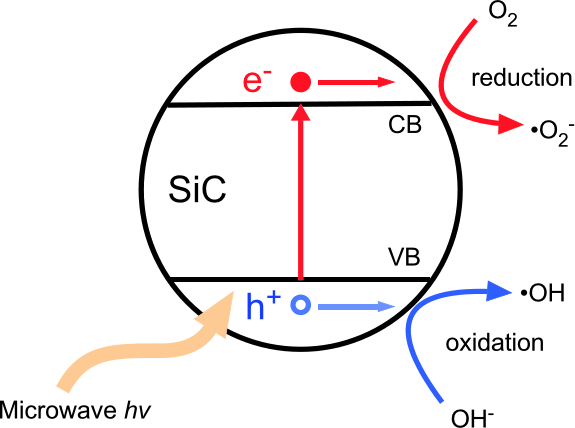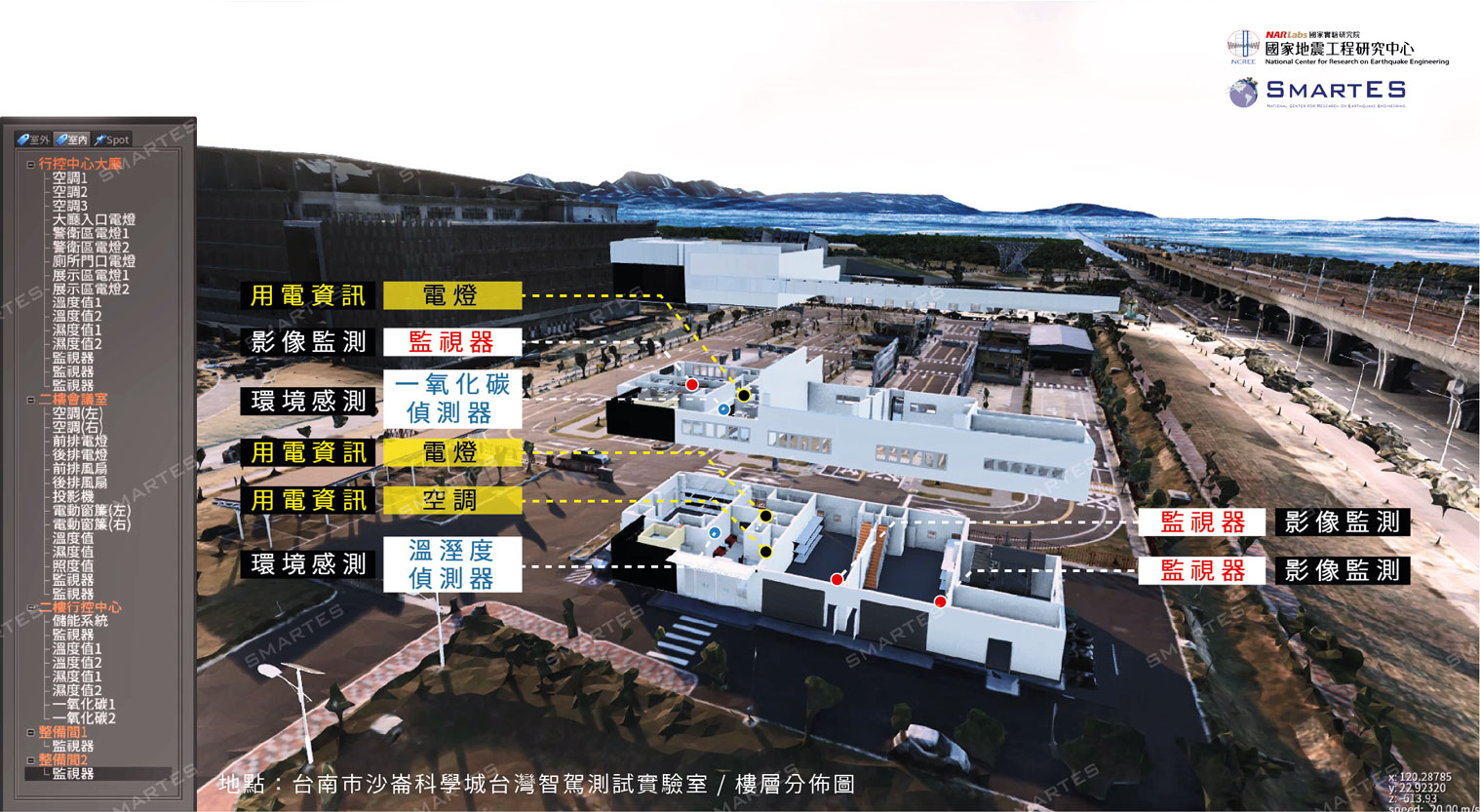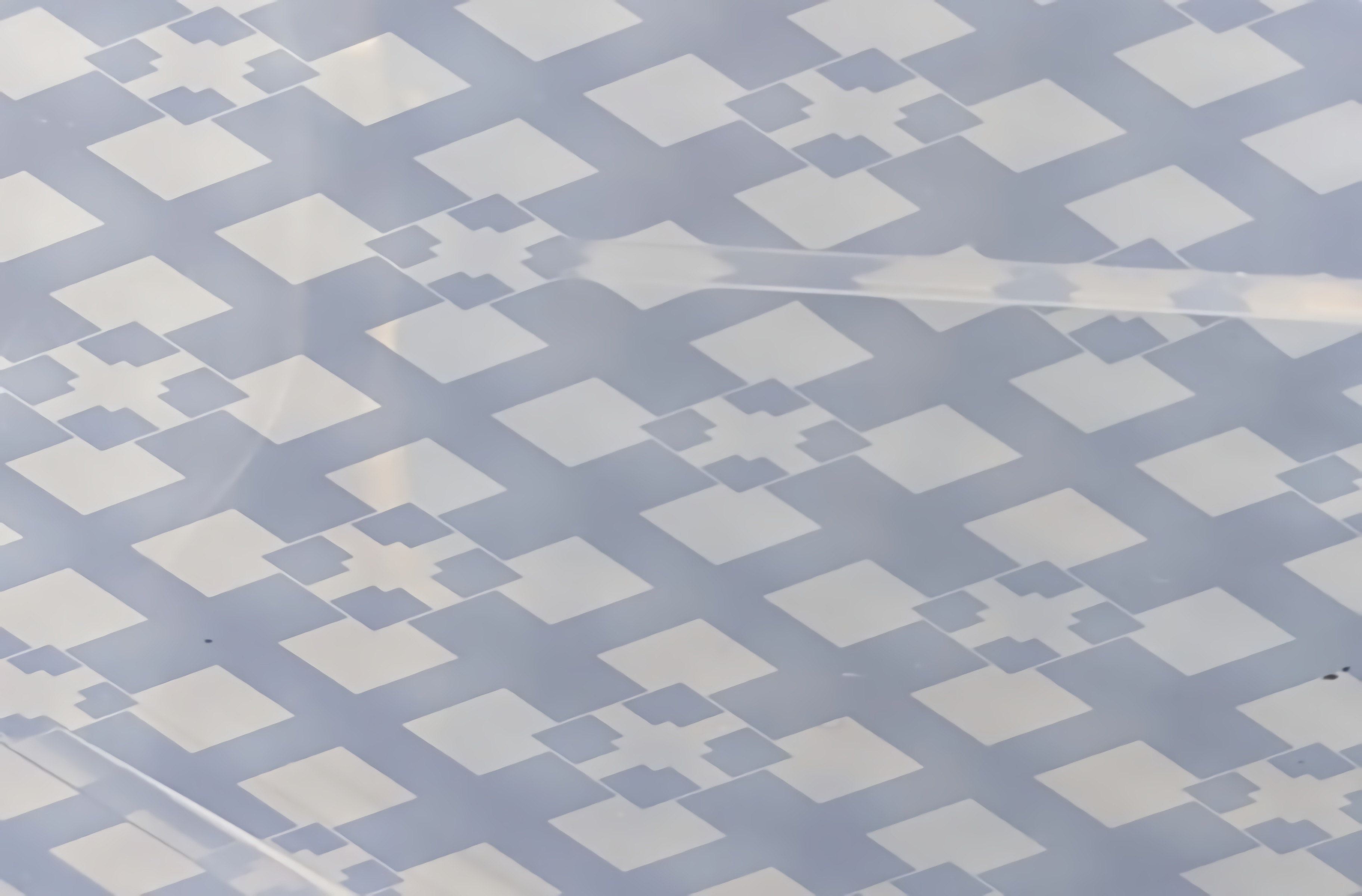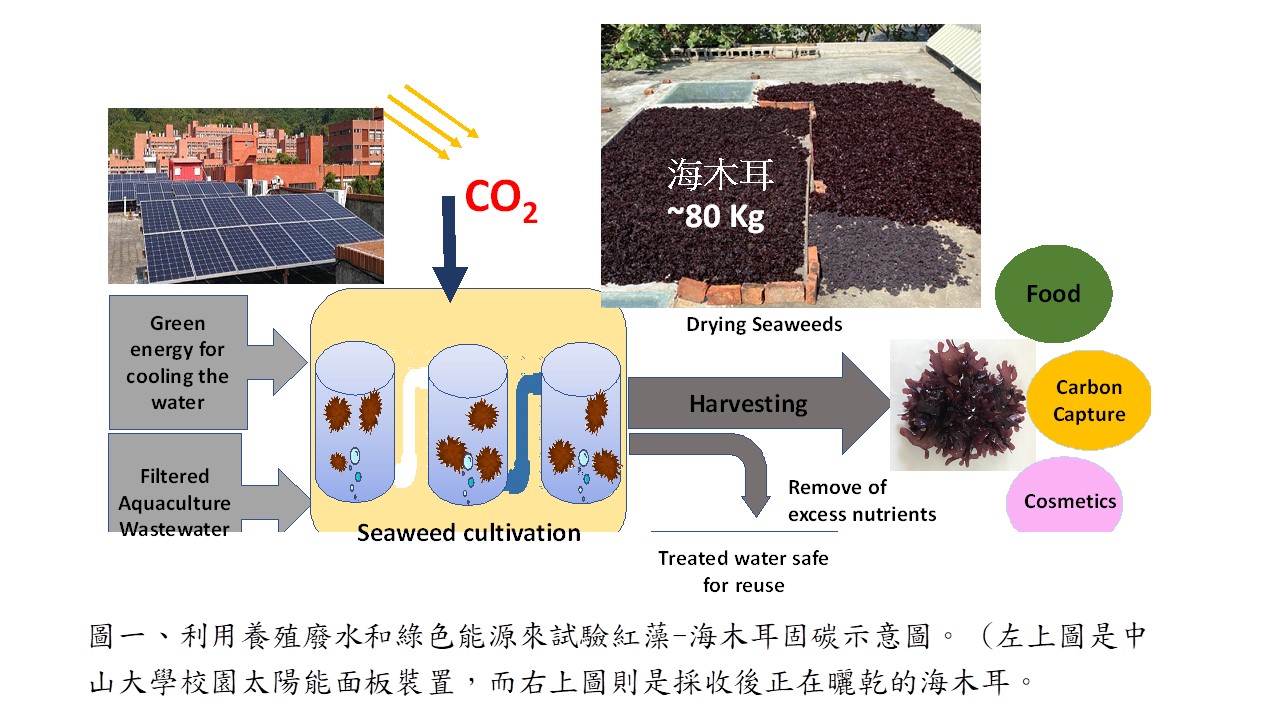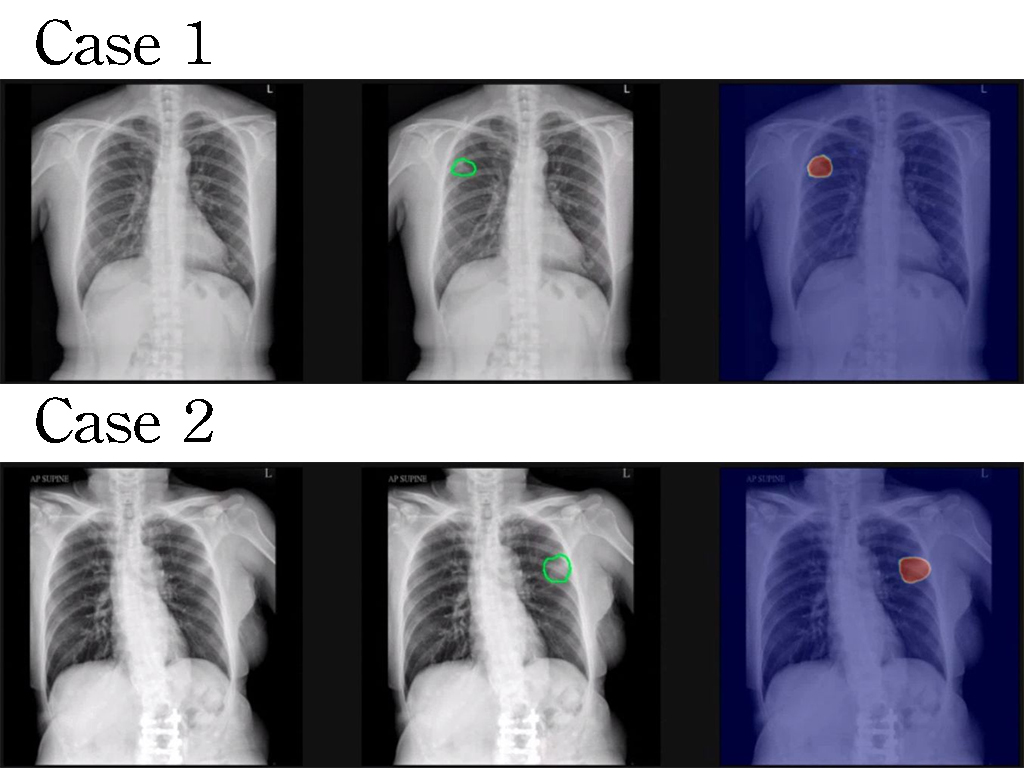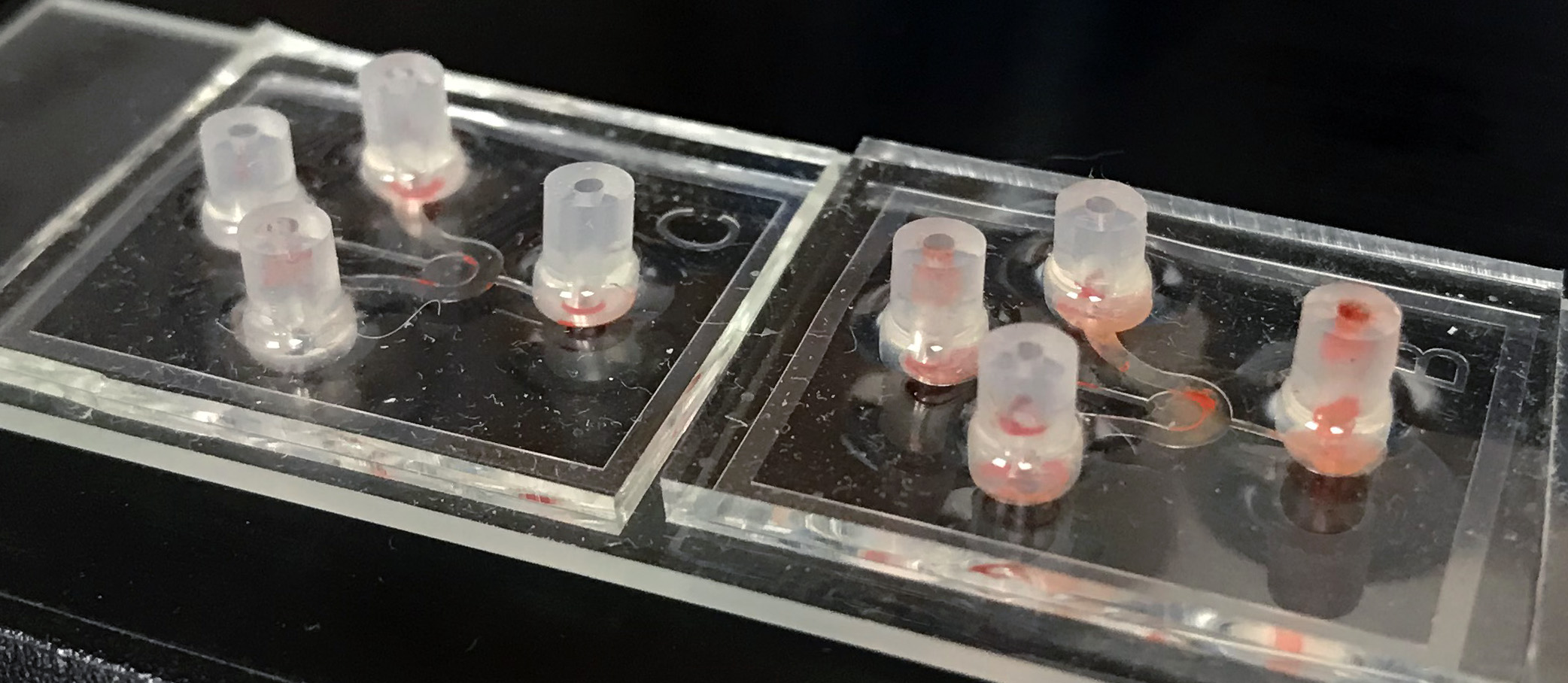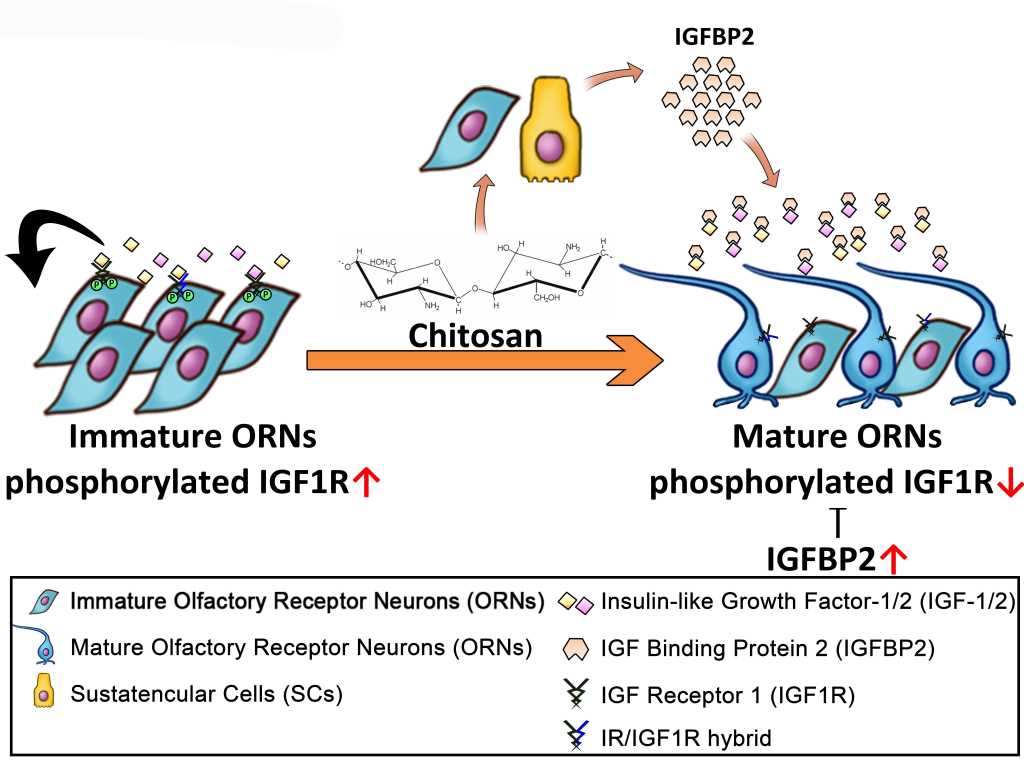| Technical Name |
High-Efficiency Green Millimeter-Wave Polishing Technology for SiC Type-III Semiconductor Materials |
| Project Operator |
National Central University |
| Project Host |
李天錫 |
| Summary |
Silicon carbide components offer advantages like low energy loss, high frequency, and small size. However, their hardness and inert nature make traditional polishing techniques costly and inefficient. Millimeter wave (microwave) polishing technology, leveraging the catalytic and skin effect properties of millimeter waves, promotes redox reactions at the solid-liquid interface for effective polishing. This method aims to provide a low-pollution, eco-friendly semiconductor polishing process. |
| Scientific Breakthrough |
Based on the successful integration of microwave process in SOI materialprocess, we apply microwave catalytic effect in polishing processing. Theacademic community believes that microwaves are absorbed by materials,which increases the temperature to promote chemical reactions. However,we proposes an alternative explanation based on our results: microwave excites electrons in the dangling bonds on the surface of the SiC to a hot-electron state, which then breaks the Si-C bond for polishing. |
| Industrial Applicability |
Applying the principle of microwave chemistry, we have developed microwave surface polishing tech. In addition to SiC materials, this tech can alsobe applied to other semiconductors and aids related industries progress. It ensures energy efficiency and environmental friendly, promotes industri
al growth and enables net-zero carbon policies. The microwave module isintegrated into the existing machine, which promotes the equipment industry and produce significant economic benefits. |
| Matching Needs |
Semiconductor equipment manufacturer |
| Keyword |
Silicon Carbide Rapid Polishing Millimeter Wave Microwave Chemistry Tunneling Effect Green Energy and Environmental Friendly Electromagnetic Catalysis Catalytic Referred Etch Chemical Mechanical Polishing Type III Semiconductors |





